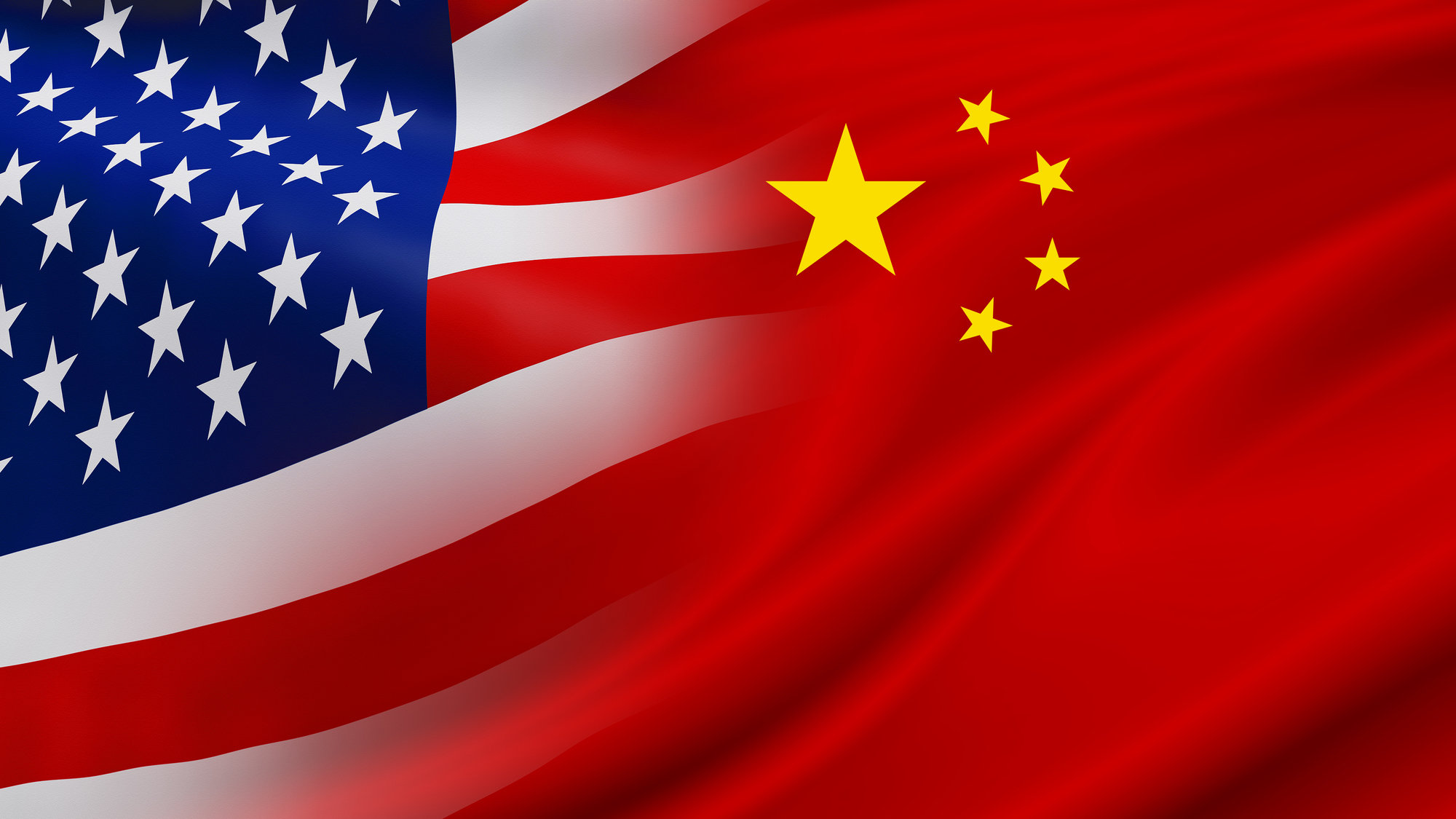2014/05/14
No. 197: Heigo Sato, "From the "Three Principles of Arms Exports" to the "Three Principles of Defense Equipment Transfer""
[PDF version]
The Road to the "Three Principles of Defense Equipment Transfer"
On April 1, 2014, the Japanese government rescinded the "Three Principles of Arms Exports" that had been followed for nearly half a century, and announced the new "Three Principles of Defense Equipment Transfer."
Dismantling the policy of banning arms transfers had been a bipartisan policy agenda item for numerous administrations. Japan placed a de facto ban on the export of arms under the Three Principles of Arms Exports policy program, announced in 1967 and amended in 1976, which was generally interpreted as a prohibition by Japan on the overseas transfer of weapons. Those rules deprived Japan's foreign and security policy of the flexibility to resort to armament cooperation, essentially leaving ODA as its sole major policy measure.
Both LDP and DPJ administrations have attempted to amend and bypass these old rules by implementing 21 exemptions to the Three Principles program since 1983. The Japanese government was cautious about straying from domestic support for the policy of banning arms transfers, so it adopted an incremental approach of establishing exemptions to the rules and eroding them inch by inch while convincing domestic opposition factions and regional countries that policy amendment was necessary and non-threatening.
With the Noda administration's amendment in 2011 (commonly referred to as the Fujimura Announcement), the arms transfer ban lost its force and was waiting for the last push when the Abe administration made the final call by emphasizing the need for increased defense technological cooperation with countries with which Japan has security treaties and defense agreements.
Description of the new Three Principles
The contents of the new principles are conservative and restrictive compared to the US' conventional arms transfer policy, issued in January 2014, and the EU Common Position on Arms Transfer. The Abe administration clearly rejects economic and policy utilization of the new rules, so rapid growth of defense exports is not to be expected. Furthermore, the new rules will be operationalized with careful consideration of the rules and regulations of regional and international nonproliferation norms and regimes, including the Arms Trade Treaty. In this regard, the Japanese government will put significant effort into balancing new and emerging policy requirements under new rules, recalling the image of "a nation of peace" represented by the old rules and accepted by the Japanese public as such.
The new Three Principles are: impose bans on transfers to certain countries (countries in violation of their obligations under bilateral or other international treaties, countries in violation of their obligations under UN Security Council resolutions, and countries involved in conflicts); permit transfers under strict scrutiny (transfers that assist active contributions to peace and international cooperation, that enhance Japan's security, that enable joint international development/production with allied countries, that strengthen security cooperation with allied countries and others, or that facilitate Self-Defense Forces activities and the protection of Japanese nationals); and ensure appropriate oversight with respect to unintended uses and transfers to third countries.
In conjunction with these new Three Principles, the Japanese government announced operating guidelines that provided details on transfers that would be permitted, the nature of the strict scrutiny to be applied, methods for ensuring appropriate oversight, and screening procedures. In this regard, overseas transfers of defense equipment will be permitted in instances that have positive significance for Japanese security policy. Included among these are transfers of items and technologies under international joint development/production with the US and other countries cooperating with Japan in security affairs, and transfers that help bolster security and defense cooperation.
The new Three Principles and Japan's security strategy
The new Three Principles and the guidelines do not explicitly define countries cooperating in the field of security or offer specific details on what is meant by strengthening cooperation with these countries. Consequently, the first working-level requirements for implementing the new policy are to specify and define the defense equipment and technologies eligible for transfer under the Foreign Exchange and Foreign Trade Law and concretely delineate the essence of security considerations. Management-level amendments to the rules will precede operational-level considerations, and concrete strategic guidance to operationalize the new rules will be issued by coming administrations.
The strategic guidance will reflect the reasons that amendments to the arms transfer ban policy were necessary.
First, there is industrial enhancement. It must be recalled that the essence of the new Three Principles derives from Japan's national security strategy of December 2013, which prompted a review of the Three Principles of Arms Exports to strengthen Japan's defense industrial base. It is true, however, that the Japanese defense industry is no match for the defense industrial giants of the US and EU, and its competitiveness in foreign markets desperately lags behind. Some analysts in Japan expect a unit cost reduction through mass production under the new rules, but the prospects for this are not bright given the state of the defense industry in Japan. Therefore, the Japanese government must still create a strategy to stimulate the defense industry, which often is reluctant to broaden the scope of its activities, and incentivize it to enhance defense production by utilizing the new rules.
Second, there are regional defense necessities and requirements. Given the conservative nature of the new rules together with the restrictive management style of the Japanese government, Japan's new policy does not assume a specific policy orientation. Also, the new rules do not explicitly aim to facilitate and create a military counter-weight to the changing military configuration in the Indo-Pacific region. Aiming for a balance of power through arms trade is a classical and popular understanding but, from a policy perspective, it is one of the results of arms trade, not a manageable policy goal. However, if we follow the actual development of defense industrial cooperation within this region (Australia, Philippines, India), it seems that the new Three Principles may facilitate the formation of a structure or nexus of nations in certain directions. The next policy decision to be made may be whether Japan should accept, welcome, or resist this trend.
It is frankly true that the new Three Principles will pave the way to expanding Japan's defense transfers qualitatively and quantitatively. The new Three Principles, which essentially streamline the existing rules and exemptions into coherent policy guidance, will eventually remove the psychological barriers self-imposed by the Japanese government and the defense industry on transfers of defense goods, parts, components, and technologies. Nevertheless, implementing adaptable rules and utilizing and benefiting from those rules are a discrete exercise. The Japanese government and the defense industry are now moving into uncharted waters with insufficient experience at their disposal, so their own policy decisions will become critical.
Heigo Sato (Ph.D.) is a professor of Faculty of International Studies and Institute of World Studies, Takushoku University. He had been a Senior Research Fellow at National Institute for Defense Studies.
The views expressed in this piece are the author's own and should not be attributed to The Association of Japanese Institutes of Strategic Studies.





